?I was transformed into a lover and student of vertical gardening after seeing Patrick Blanc’s vertical wall designs years ago in a magazine. I’ve written about vertical gardening on GGW over the past few years. Since then, the field has continued to grow at a quick pace. The horticultural industry is focusing more and more on green roofs and vertical gardening, realizing that these two forms of gardening are not only environmentally beneficial but can help expand peoples’ horizons of how to create a garden when dealing with an unconventional space.
In Debra Lee Baldwin’s book, Succulent Container Gardens, readers are introduced to the work of Pat McWhinney who in the 1980s noticed that many rock and waterfall type projects were lacking plant life around the rock formations. Consequently, he?created a unique plant system called Tube Planters. It can be used for a variety of purposes in several different settings such as rockscapes, living walls, free standing plant columns, living arches, hillsides and horizontal plantings. For the purposes of this article, I’m focusing on vertical gardening.
Tube planters are made of an industrial cloth: Patrick has them sown up by a seamstress into circular tubes and lengths of varying dimensions. A machine then packs the tubes with a special horticultural mix. The results can be dazzling (as shown in the photos below). They’re exquisitie when used as vertical walls but as a ‘newbie’ at roof top gardening, I can easily imagine how rows of them could work beautifully as transportable garden beds. And boy, would they ever be easier to maintain than?dozens of containers!
Five tube planters secured to a latticed screen, ready to be planted. Patrick describes this type of design as an air mattress configuration.
An example of a single tube (on the production table) planted with a lush variety of succulents
Succulent framed walls in a variety of sizes
Close up of an intricate tapestry of color and shapes
Fewer varieties of plant material can still make for an outstanding living wall
Vertical and horizontal succulent tube planters on latticed wall
One year growth of ferns growing in a 4″ tube planter. Although succulents are the current rage because of ease of care, beauty and drought resistance, most plants will thrive in the tube planter environment.
Agapanthus in 4 inch?tube planter in full bloom. They were initially planted with 2″ liners two years ago. This is a great example of creating a horizontal garden look. In urban areas, it will help to provide greenery and beautify the appearance of buildings without any heavy pots, clutter or wasted water. How cool is that?
Green Gem Ficus plants/trees grown in a tube planter 15 years. As you can see, the roots are trying to escape the container trough. Had they been grown in the ground, they would probably be 20′ high by now.
Here is some additional information that Patrick offered about tube planters.
The trough seen in the photo above is the linear equivalent to a saucer under a potted plant. Troughs are intended to support the tubes and to contain any excess water seepage, especially important when used on balconies, decks, etc. The trough itself is simply a catch basin and conversely, functions as a method of watering the planted tubes, as the water is wicked up into the soil in the tubes.
Tube planters are particularly well suited for roof top gardens. Water-proofing between tubes and roof is essential. Again, tubes in plastic troughs will accomplish this. Tubes placed next to each other will give a full ‘garden-bed’ feel, whether grasses, wildflowers, or natives to the area.
Fescues planted in horizontal tube. Imagine rows of them, along with other grasses to create a meadow like setting.
Filling a plastic trough with only a few inches of loose soil would not be the optimum way to grow plants. Tube planters do not require being seated in the troughs; it is simply more efficient. In my experience, the smaller segments can just as easily be dunked in a bucket of water. Yes, the troughs are mainly suited for horizontal applications.
Irrigation systems for vertical plantings are basic off-the-shelf landscape drip emitters, positioned at the top of the row of tube planters. As the water saturates the top tube, the water will seep into the lower tubes until the “soil blanket” is saturated. Again, here is another way the troughs come into play to gather excess water.
Because tube planters are not an inexpensive method for creating large vertical projects, Patrick suggests that the average do-it-yourselfer would probably benefit more from?buying one of the many pre-fab plastic tray growing systems.? But if like me you think that you’ve just got to have a tube planter, you can start off with small lengths; and as your budget allows, you can add additional planted tubes to enlarge the display.
Another option is to create small to medium sized framed picture tube planters as shown in this photo.
Patrick was kind enough to send me?a tube planter?so that I could experiment with different specimens and see how it fared on my rooftop garden in an extremely hot and arid climate.
Initially when planting it up, I wondered how all of these mini succulents were going to thrive in a cylindrical soil stuffed tube; but no problem whatsoever.
I soak it with a sprinkler each morning and keep it in a semi-shady spot. ?Because I have a rooftop container garden, I think that once the cooler weather settles in, I will treat my tube planter as part of a vignette of containers. I also can envision a small piece of an intricately planted tube planter being used as a centerpiece on a dining table or buffet. Wouldn’t that make for a great conversation piece?
This entry passed through the Full-Text RSS service — if this is your content and you're reading it on someone else's site, please read our FAQ page at fivefilters.org/content-only/faq.php
Five Filters featured article: Beyond Hiroshima - The Non-Reporting of Falluja's Cancer Catastrophe.
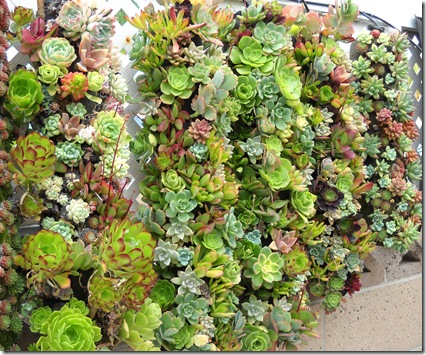
![009[1].JPG-Tube Planter #12 009[1].JPG-Tube Planter #12](http://www.gardeninggonewild.com/wp-content/uploads/2010/09/0091.JPGTubePlanter_12_thumb.jpg)
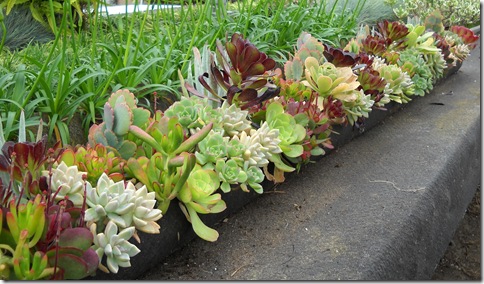
![DSCN0244[1].JPG-Tube Planter #1 DSCN0244[1].JPG-Tube Planter #1](http://www.gardeninggonewild.com/wp-content/uploads/2010/09/DSCN02441.JPGTubePlanter_1_thumb.jpg)
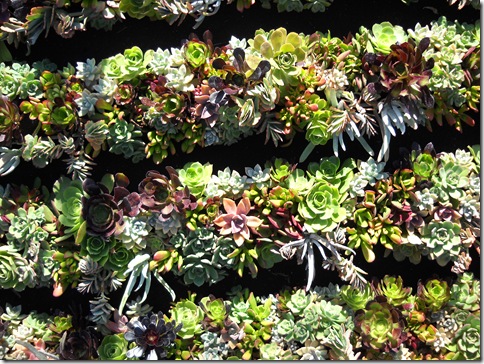
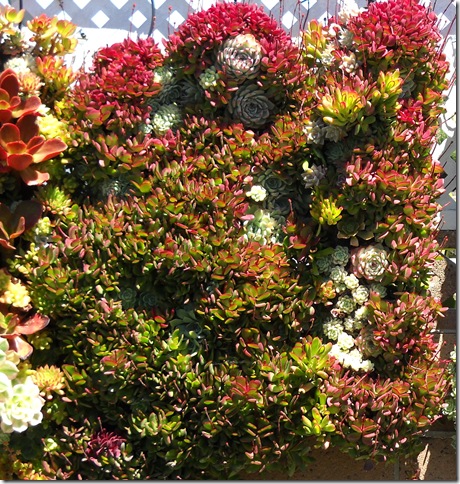
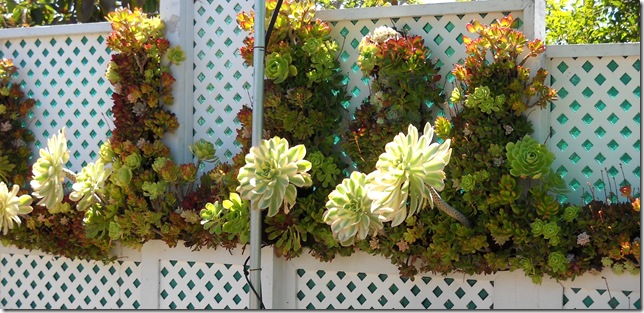
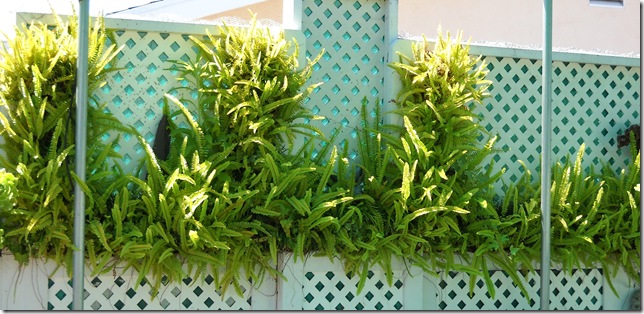
![039[1].JPG-Tube Planter #11 039[1].JPG-Tube Planter #11](http://www.gardeninggonewild.com/wp-content/uploads/2010/09/0391.JPGTubePlanter_11_thumb.jpg)
![014[1].JPG-ficus in plastic troughs 014[1].JPG-ficus in plastic troughs](http://www.gardeninggonewild.com/wp-content/uploads/2010/09/0141.JPGficusinplastictroughs_thumb.jpg)
![062[1].JPG-Tube Planter @9 062[1].JPG-Tube Planter @9](http://www.gardeninggonewild.com/wp-content/uploads/2010/09/0621.JPGTubePlanter9_thumb.jpg)
![023[1].JPG-tube Planter #15 023[1].JPG-tube Planter #15](http://www.gardeninggonewild.com/wp-content/uploads/2010/09/0231.JPGtubePlanter_15_thumb.jpg)
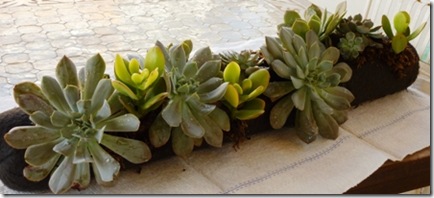
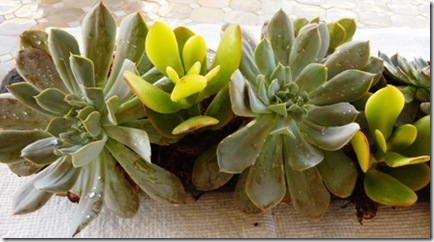
No comments:
Post a Comment